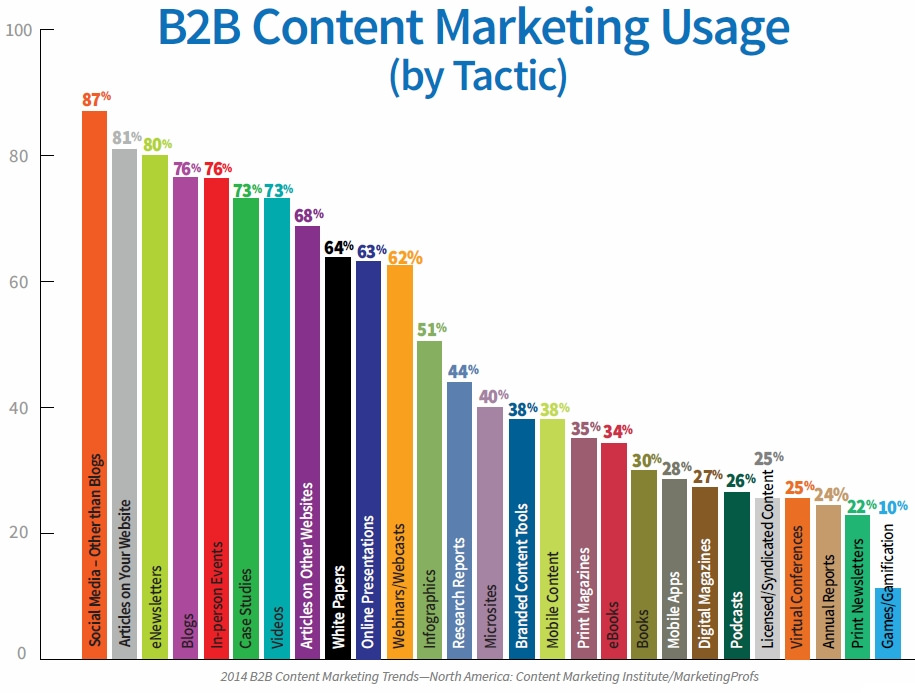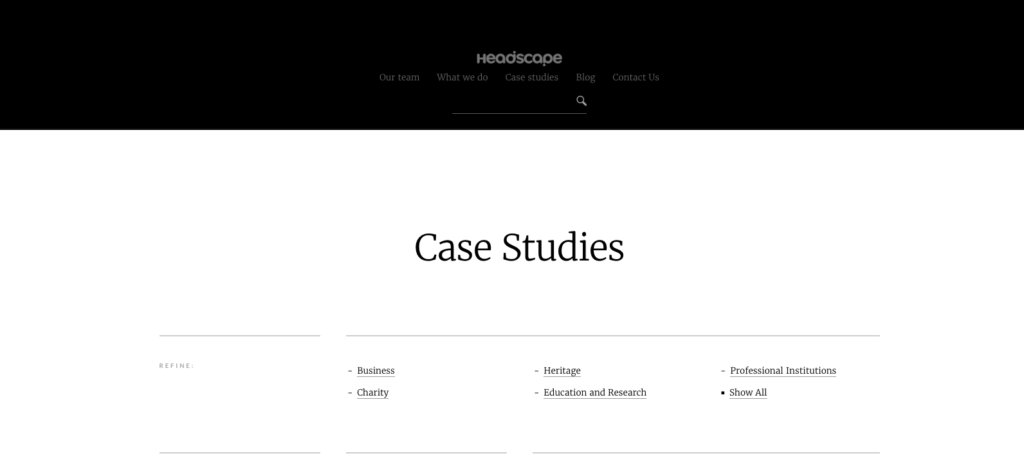How to make case studies that convert compelling?
Have you ever had difficulty explaining the full scope of your offer to your customers? Are you always repeating the same information when telling the extent of your services to your prospects? Do you feel like you would need to give your customers a full technical training for them to understand the benefits of your offer?
If you responded yes, CASE STUDIES will be good allies in your marketing strategy. In this article, we will be giving you some tips to learn how to make good case studies and to maximize their impact.
The form
Generally presented in a more or less long text, case studies can take different forms (text, presentation, video, etc.) and formats (paper, web page, pdf, brochure, and more). It presents how our organization or solution addressed business-related issues and the subsequent results. Case studies help explain with a story (a real case, most of the time) which issues our products or services resolved as well as their added value for our customers.
Web page examples
What is their usefulness?

In B2B, the scope of products and services is generally very complex to understand for a new customer. Most of the time, the offer is made of many subcomponents (sub-services or sub-products) and is often flexible to match the reality or the need of the customer. The complexity of the products or services creates more ambiguity for buyers as they have difficulties understanding complicated business propositions. There are too many new elements to learn and to connect together in order to understand the real added value. It’s even worst when buyers have to compare competitors. Especially if they don’t use the same recipe, apart from a few similar ingredients.
Therefore, case studies will help your prospects understand how your products or services have been combined to create a lasting solution for real customers. This context setting, via a brief piece of storytelling, will help them assimilate the way your services are provided as well as your business approach to resolve problems. The use of real cases enables your potential customers to draw connections between your products or services and concrete results, making your offer more intelligible for them. Hence, your prospects will more easily identify themselves to your other customers and understand the scope of your offer as well as its flexibility… without having to give them a 2-hour training.
How to build them?

Now, let’s get into the heart of the matter. How to make compelling case studies that attract prospects?
Gather your technical team and your sales force to identify what they need to sell, and to whom. Consider addressing your customers’ most pressing issues and answering the most frequently asked questions. Identify which generic cases and/or general issues you should cover to explain the full scope of your offer and your added value. As every need is different, it’s impossible to provide a unique solution that would perfectly adapt to every customer’s situation. This is why you should rather present how similar needs have been met. Nevertheless, you have to answer your potential customers’ questions and give them an overview of your problem-solving process. By using a good storytelling!
Regardless of the order you choose to put them, your case study must include 3 elements: the issue(s) encountered, the solutions provided, and the results obtained. Don’t hesitate to switch the order in which these 3 elements appear to create a unique storytelling.
Make sure you have the rights to mention the name of the customer. You’re often not allowed to disclose the company for whom you have worked in a study case! However, you can always MAKE UP A FAKE COMPANY NAME or alter its real name.
There is no secret to create a good case study: build a first version, then make subsequent variants on multiple formats or not, and present it… but always be ready to adapt it!
Remember that there is no such thing as too much content, only uninteresting content. The case you choose to present should be interesting to sustain the reader’s interest. The distinction can then be made in the form your presenting your document. Inevitably, some industries will have to present very technical information, and others, more visual information…
How to use them?

Ultimately, once your case studies are built, you can send them to your prospects and make them available on your Web site.
Let’s use a prospect to whom I gave one of my case studies as an example. By reading it, he will confirm certain things he had in mind, learn about my services, and more importantly, it will help us develop a trusting relationship. So, I already increased my chances of initiate the sales process when he will reach me again.
But be careful not to make the mistake of entering into negotiations too quickly! Let me remind you that we’re talking about B2B, and one of its major characteristics is the length of the interaction process with the customer before the relationship reaches maturity.
Format can be the key to success

Few years ago, case studies were essentially one or two pagers. They were very brief brochures presenting about fifteen to twenty projects which represented the full scope of the offer of an organization. The sales representative could then choose two or three projects among those that corresponded the most to the customer issues. Nowadays, there is a great deal of case studies taking the form of videos or PowerPoint presentations. These are in great demand for invitations to tender.
Some multinational companies (Philips, for example) still release some two pagers case studies about projects that were worth several million dollars! In these cases, they only present the solutions implemented to address a general issue, but they complement the written document by releasing a well documented and highly polished case study video.
In conclusion, according to a FORBES study , more than 50% of the decision makers prefer to watch a video, rather than to read a written document. I can’t repeat it enough: consider making video!









Comments